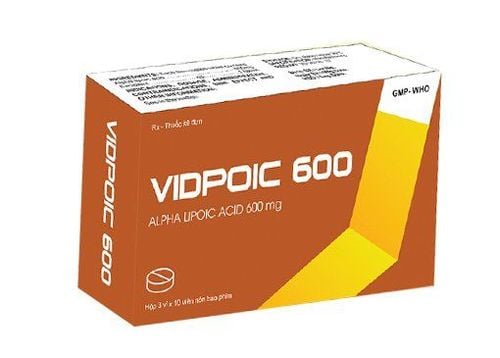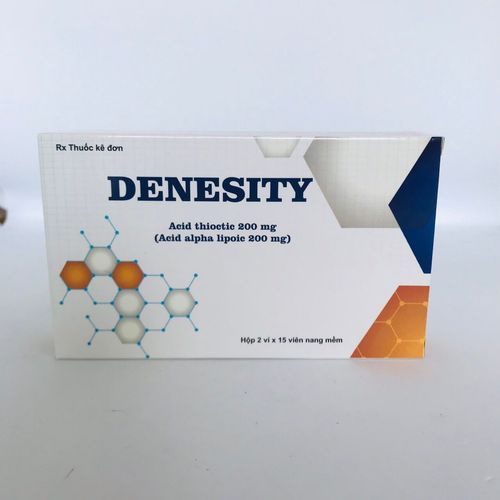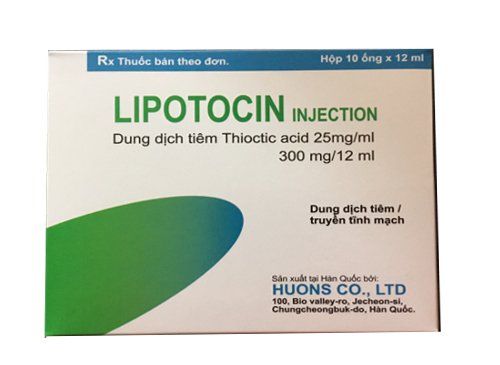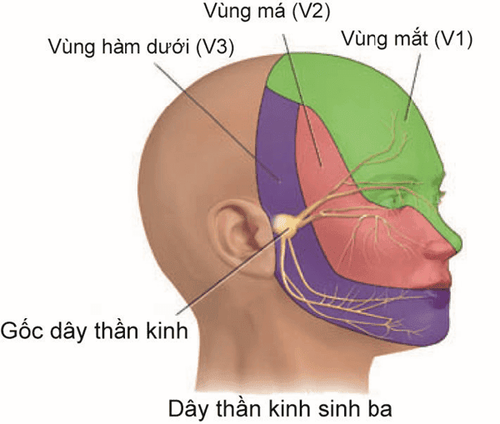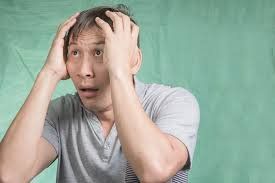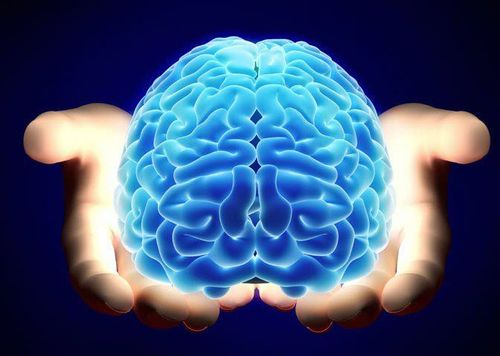This is an automatically translated article.
Sensory disturbance due to brain sequelae is a common condition that, if not treated and prevented in time, will cause many serious consequences. One of the methods of treating sensory disorders is to practice rehabilitation exercises, this method is now widely applied to many patients.
1. What is sensory disturbance?
When you have impaired or lost functioning of the senses including touch, sight, hearing, smell and taste, it means you have a sensory disorder. All of the above senses help people perceive stimuli of external environmental impacts.
There are many causes of sensory disturbances, in which, the main cause is due to sequelae from the brain causing the right hemisphere, occipital or occipital lobe, the human body to have sensory disturbances. Diseases causing brain sequelae include:
Cerebrovascular accident Traumatic brain injury due to strong head impact... causing sensory disturbances. Degeneration of brain neurons, this condition is common in the elderly. Brain diseases such as meningitis, brain tumor ... Expression of sensory disturbances in each person is different, depending on the degree of damage after brain sequelae. Sensory disturbances include:
Hearing disorders : May be complications after a stroke or traffic accident. Taste disorder: There is no clear perception of the taste of food or drink. Feeling like everything is the same without any special taste. Tactile disturbance: Appears numbness, complete loss of sensation in the hand. In some cases there may be hand tingling, prickling, cold and burning pain on the surface of the skin. Visual disturbances: Blurred vision, seeing a shadowed object next to it, or blindness. Smell disorder: When there is an olfactory disorder, the patient is often unable to smell and distinguish odors as before.
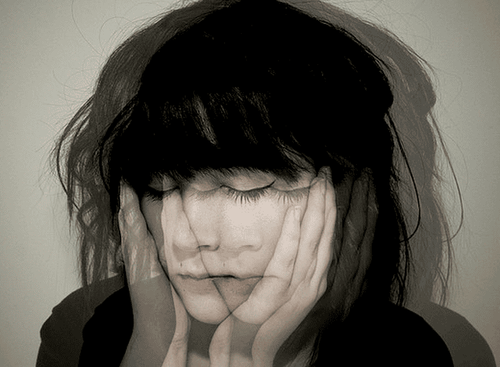
Mắt nhìn mờ, nhìn một vật có bóng mờ bên cạnh, hoặc mù mắt là một trong những biểu hiện của rối loạn cảm giác
2. Methods of treating sensory disorders
Sensory disorders, if not treated, will make the patient feel uncomfortable, affecting the quality of daily life. The treatment methods for sensory disorders include:
Treatment of sensory disorders under the guidance of a doctor: Visiting a doctor as prescribed by a doctor to receive advice appropriate to the health status of each stage. paragraph. Control other diseases: Actively treat and control well if the patient has a vascular accident, high blood pressure,... Rehabilitation exercises to improve feeling: Some rehabilitation exercises can improve sensory disturbances. This method is now widely applied to many patients.
3. Some sensory dysfunction rehabilitation exercises
Patients can practice some of the following sensory dysfunction rehabilitation exercises on their own to regain lost sensations:
Touch therapy: This is a method of collecting many objects with many substances whether different. When using this method, the patient should blindfold and use their hands to feel and call out the name of the object or material. Selection exercise: Similarly, the patient must not look at the object, but only use his hand to classify 2 objects of different materials. Exercise needs to be done regularly 20-30 minutes a day. At the same time, combine with the above exercises with other rehabilitation training programs. Exercises to improve eyesight: Regularly look at distant objects when outdoors, massage your eyes regularly and regularly to avoid eye strain and fatigue. Temperature discrimination exercise: It is necessary to prepare two cloths to soak in two cups of hot water, one cold, and then put them on the patient's hand in turn so that they can distinguish by sensation on the skin. Acupuncture: Unpleasant sensations such as numbness in hands and feet, itching, burning skin, loss of taste, ... are greatly improved with acupuncture. However, acupuncture in the case of patients with sensory disorders does not bring the same effect in all treatment subjects. Care of brain neurons: Brain neurons are a key factor in determining the success or failure of the brain rehabilitation process. The most effective mechanism currently is to include in the brain. Some substances in the patient's body are capable of acting according to the mechanism.
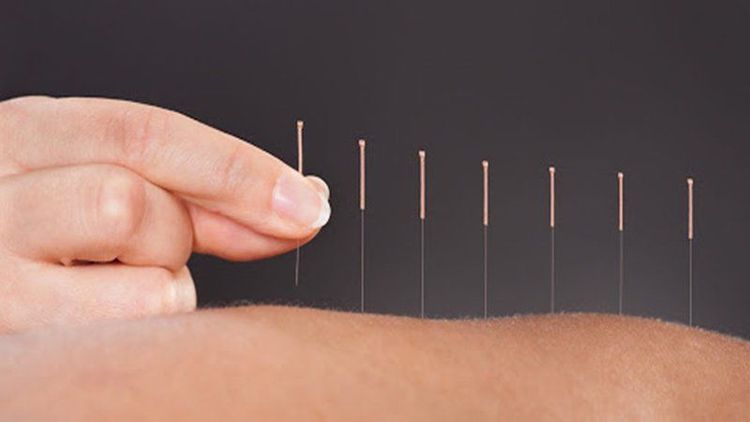
Các cảm giác khó chịu như tê bì tay chân, ngứa, rát da, mất vị giác,... được cải thiện nhiều khi châm cứu
4. Prevention of sensory disturbances due to brain sequelae
Sensory disturbances due to brain sequelae, if not prevented, will cause many serious consequences. Some methods to prevent sensory disturbances include:
Treatment of brain damage: Monitoring the current health situation. Take medication as directed and do extra sensory rehabilitation exercises. Proper nutrition: Having a reasonable diet is a method to prevent sensory disturbances. In addition to a scientific diet, it is necessary to supplement with nutrients beneficial to the brain such as: Nuts, avocados, blueberries, ... Moderate and reasonable living mode: In addition to the regimen eating, it is necessary to have a reasonable rest, avoid stress and fatigue, work, and rest regularly to prevent sensory disturbances. Increase blood flow to the brain to nourish cells: Taking care of brain neurons is an important method to prevent sensory disturbances. Regular exercise every day will help blood circulation to the brain more. If the patient cannot afford to walk or participate in sports activities, they can be replaced by methods such as: Meditation, yoga... Using functional foods to prevent sensory disturbances: People with brain sequelae should regularly use functional foods to enhance nutrients for the brain. The combination of functional foods with exercise methods and scientific living regimens will help prevent sensory disturbances to achieve the most effective results.
Vinmec International General Hospital with a system of modern facilities, medical equipment and a team of experts and doctors with many years of experience in medical examination and treatment, patients can rest assured to visit. examination and treatment of sensory disorders at the Hospital.
Please dial HOTLINE for more information or register for an appointment HERE. Download MyVinmec app to make appointments faster and to manage your bookings easily.
SEE MORE
How to limit phantom limb pain - phantom pain? How does back pain affect health? Common sensory disorders




